
In the biggest showdown since the 1962 Sino-India War, the ‘dragon’ and ‘elephant’ are currently locking horns over the strategic zones in the cold desert. As sabre-rattling is escalating, the locals are getting fearful over the full-blown conflict and their lost pasturelands.
Photos: Abid Bhat
DURBOK, Ladakh — Barring some clamorous military convoys rumbling on blacktops and snaking through the sand swatches while ferrying and feeding war-stores to hostile frontiers, this small and silent village defies the sense of seething showdown, some 100 kilometres away, even as the ‘enemy’ jets have reportedly infringed the airspace.
Living between Chang La mountain pass and Tangste on the way to Pangong Tso Lake, the villagers here, however, feel far from the official position: “All is Well” — the phrase popularized by Aamir Khan, in his 3-Idiot movie, shot in Ladakh, 11 years ago.
“The problem is,” a villager told Kashmir Observer, “government wants to stay silent for some mysterious reasons, even when the dragon is already on our doorsteps.”
If it’s the “usual incursions” at Line of Actual Control (LAC), he said, then why so much heavy artillery guns and aircrafts are being deployed here?
“So when the Indian side has already increased their troop strength here,” the villager said, “the government and its stooge media need to tell the truth to the nation. And the truth is, Chinese have come deep inside our territory and built bunkers.”
Fresh faceoff
Tension between India and China escalated after troops of both the countries were engaged in the standoff for over three weeks in Pangong Tso Lake, Galwan Valley, Demchok and Daulat Beg Oldie in Eastern Ladakh on May 5.
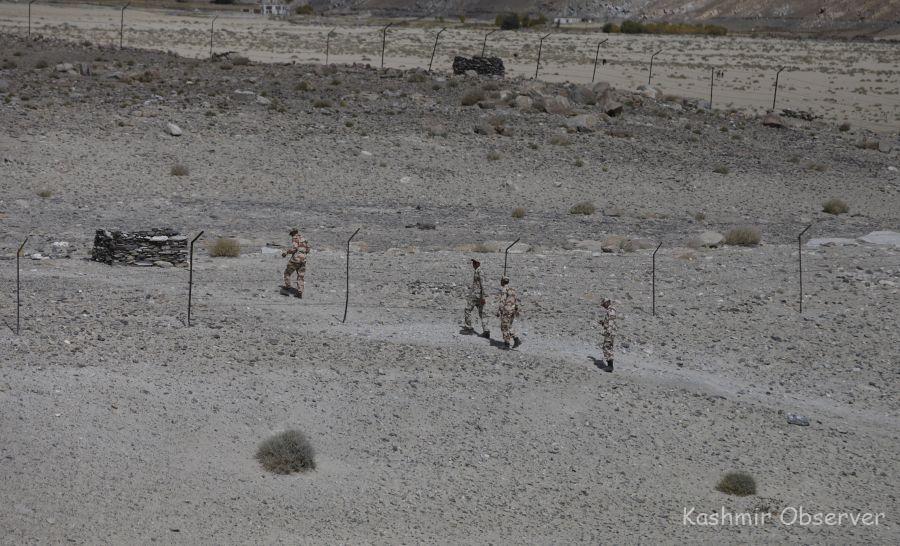
Both the countries deployed additional troops after a violent clash left scores of soldiers injured from both sides.
The trigger behind the faceoff was Beijing’s stiff opposition to New Delhi’s move to construct a key road around the Pangong Tso Lake, besides laying another road stretch, connecting the Darbuk-Shayok-Daulat Beg Oldie road in Galwan Valley.
Even as some 5,000 reported Chinese troops have appeared in Ladakh, the Indian version is that Chinese troops crossed the LAC, with vehicles and equipment, to block road construction by India.
The India-China border dispute covers the 3,488-km-long LAC. China claims Arunachal Pradesh as part of southern Tibet, while India contests it.
Besides instilling a sense of war-hysteria among people living nearby LAC, the latest Chinese incursion and the government’s silence on the standoff is only fuelling fear and rumours in Eastern Ladakh.
Shrinking Pastures
Local villagers are equally sulking over the government’s ‘inability’ for not taking “enough measures” to protect their land.
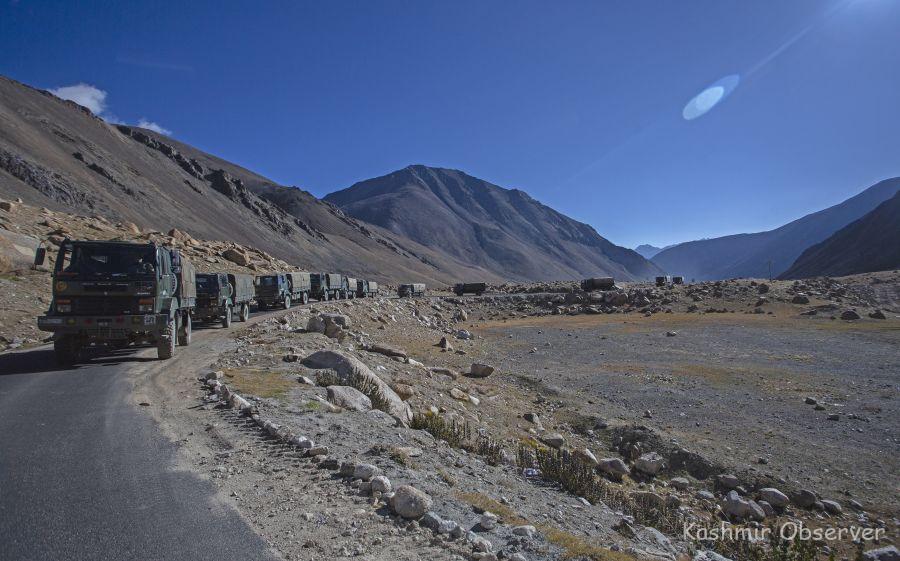
“People want that both the countries should talk and resolve this issue once for all,” Councillor Korzok Gyurmet Dorjey of Changthang area told Kashmir Observer.
“The Chinese Army has already occupied at least three grazing lands in January and February this year.” The captured pasturelands, he said, are the only source of livelihood for the nomadic people of the area.
“The livestock is running short of food, as the nomads aren’t being allowed to go for grazing,” he said. “Where will the people go, and what will they do?”
The main concern among the locals remains whether the land captured by China will be taken back or not.
“Because these clashes will happen, and within the passage of time, everybody will be calm but the matter of concern is, will India re-take its land from the China, and if yes, then how,” he said. “And if government fails to protect the land, we will fight with China ourselves.”
Fight for Fingers
Chinese troops have entered at least 3 kilometres in Galwan Valley and captured many fingers of strategic Pangong Tso Lake, Namgial Durbuk, former councillor of Congress party, told Kashmir Observer.
Mountain folds around the lake are called “fingers”.
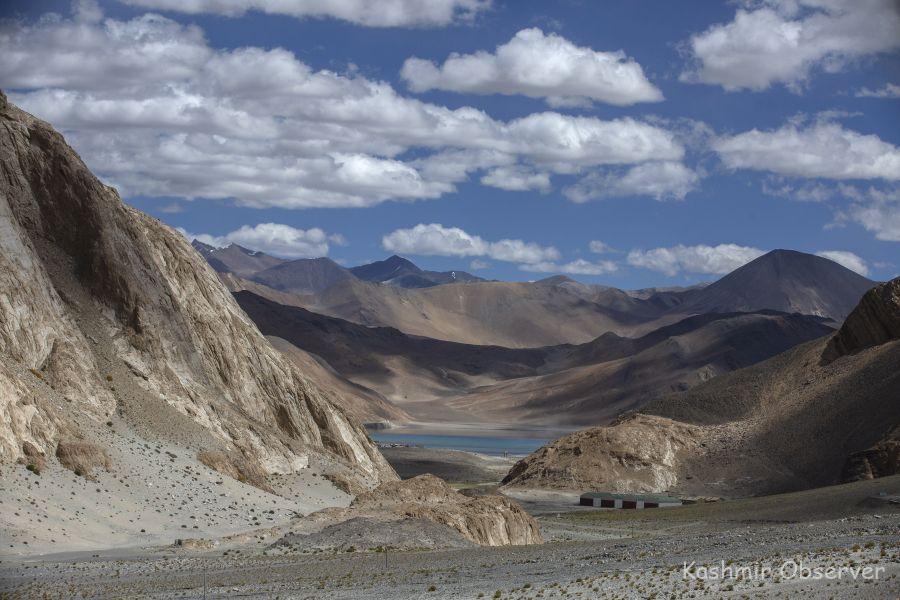
“The Chinese troops have captured 6 fingers out of 8,” Durbuk said. “India claims territorial rights up to Finger 8, but its de-facto holding extends only to Finger 4.”
After India sent its troops, trucks and artillery guns to Eastern Ladakh to shore up its presence in the areas where Chinese soldiers resorted to aggressive posturing, the people are living in fear.
“It’s for the first time,” Durbuk said, “people are witnessing such a massive troop buildup near the LAC, where Chinese troops are already patrolling our lands, mounting on our horses.”
Fear of losing Kashmir with Ladakh
Phunchok Stobdan, India’s former Ambassador to Kyrgyzstan, told Kashmir Observer that India should solve the issue immediately with diplomatic and military channels.
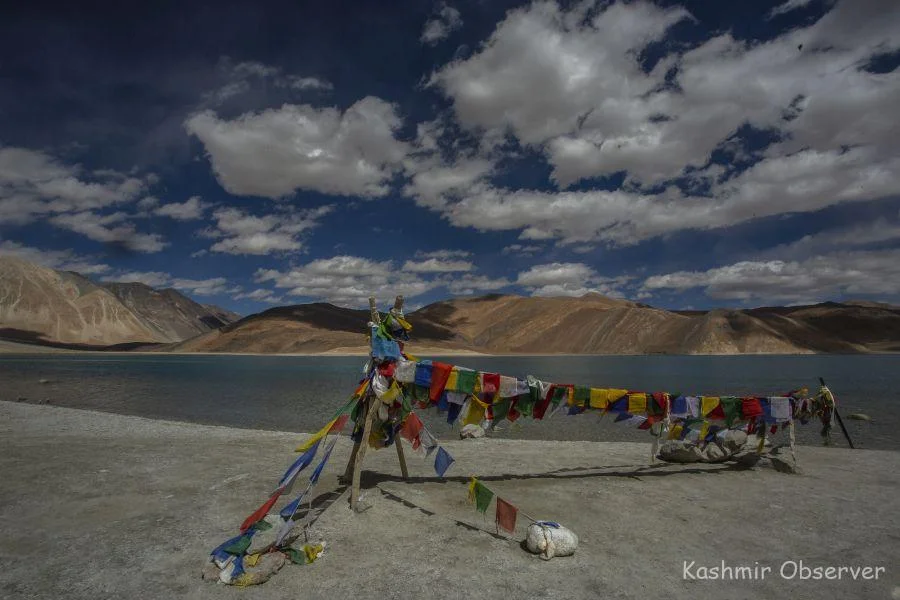
“In case China disagrees, then India should go for a war,” Stobdan suggested. “If your sovereignty and land are under threat, then what’s the option?”
Ladakh, he said, is equally important for Kashmir.
“If India loses Ladakh, then Kashmir will be defenceless,” he said.
It was Chinese intrusion into Indian strategic points which triggered the fresh standoff, Stobdan, a national security expert, continued.
“Aksai Chin is a plateau and is useless,” he said, “but the places like Galwan River, Shayok-Daulat Beg Oldie road are full with minerals and are strategically important and India doesn’t want to lose it.”
But the author of The Great Game in the Buddhist Himalayas: India and China’s Quest for Strategic Dominance, Stobdan is facing anger over his recent remarks on Tibetan Buddhist leader Dalai Lama.
The former diplomat had raised questions about the Dalai Lama’s silence on China’s transgressions in Eastern Ladakh.
“Dalai Lama has to speak and cannot keep focussing on his prayers while China eats away the land [in Ladakh]. It doesn’t work like that. Is he doing it in collaboration with China? What is it? There is some confusion in the strategy. We have let him create a government in Dharamsala. He should offer a clarification that this is not Tibet’s land; it is India’s,” he had said.
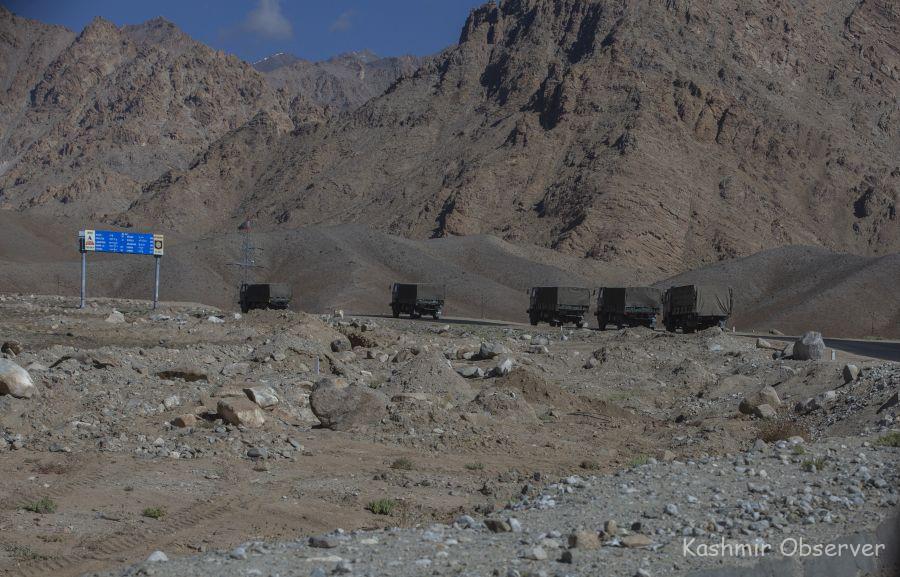
After his comments created controversy, Stobdan told Kashmir Observer that his remarks were on Dalai Lama’s politics not on his religion. “It’s unfortunate that people took it otherwise.”
As a geo-political person, he said, he can’t be responsible for the ignorance of the people. “Fact is, Eastern Ladakh would border Tibet, not China,” he said. “But as the China captured Tibet, and is now eating Ladakh, I want to ask Dalia Lama, does he accept that it belonged to Tibet or not?”
‘Modi Will Resolve It’
But despite the increased troop movement in recent days, Mohammad Nasir, BJP’s Councillor in Leh, is confident that government of India led by Narendra Modi will resolve the issue.
“Incursion of grazing land is not new,” Nasir told Kashmir Observer. “It’s just that we’ve faceoff at Galwan Nala and Pangong Tso Lake today.”
However, he said, Indian army is on job.
“It’s not necessary that they should share security-related matters with people. The issue will take some time, as the government is also tackling it diplomatically.”
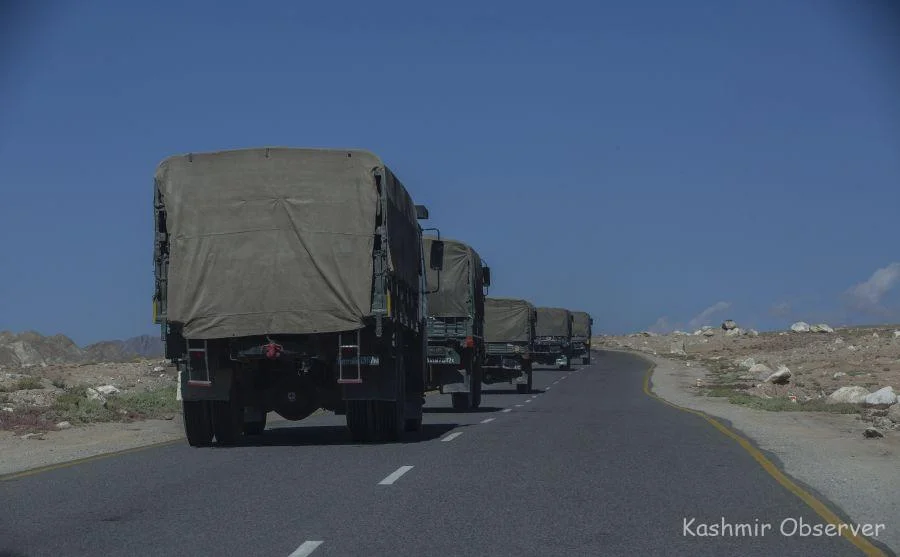
But anxiety is only growing among people in the absence of any official statement, Rigzin Spalbar, former Chairman of the Ladakh Autonomous Hill Development Council and a member of the Congress party, told Kashmir Observer.
“People want to know what’s going on, where are the Chinese, and when they will be pushed back,” Spalbar said.
“Since government has decided to remain silent, there’s lot confusion and speculation in Ladakh. People have every-right to know.”
Indian politicians and press, he said, always maintain a war posturing while saying that they won’t give an inch of land to Pakistan.
“But here, in Leh,” he questioned the statist silence, “China is taking your land in kilometres, why are you silent now?”
Follow this link to join our WhatsApp group: Join Now
Be Part of Quality Journalism |
Quality journalism takes a lot of time, money and hard work to produce and despite all the hardships we still do it. Our reporters and editors are working overtime in Kashmir and beyond to cover what you care about, break big stories, and expose injustices that can change lives. Today more people are reading Kashmir Observer than ever, but only a handful are paying while advertising revenues are falling fast. |
| ACT NOW |
| MONTHLY | Rs 100 | |
| YEARLY | Rs 1000 | |
| LIFETIME | Rs 10000 | |










